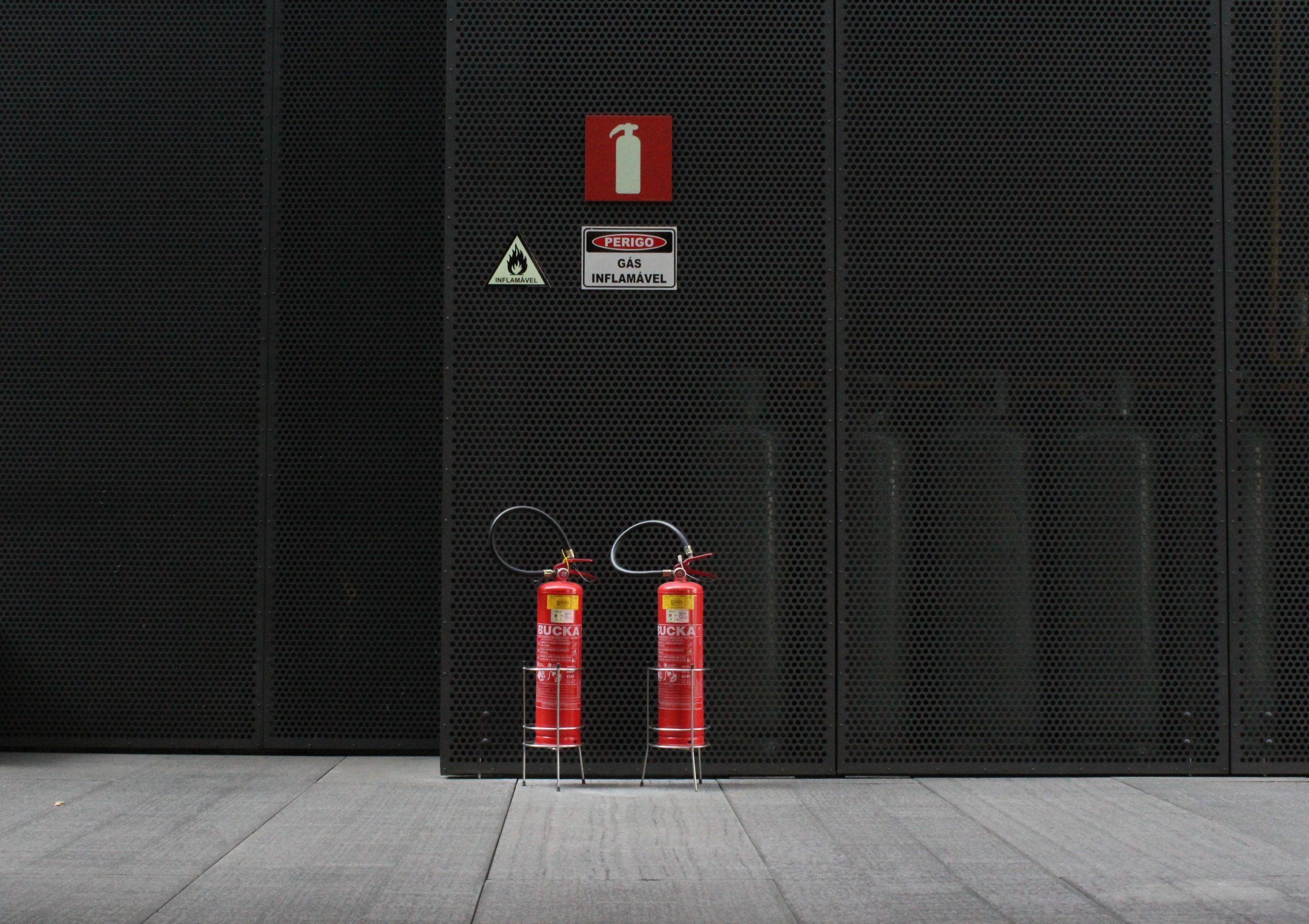Sydney fire safety is more than simply checking boxes. At the core of the system is the Annual Fire Safety Statement (AFSS) the document which not only meets legal requirements but also demonstrates the owner’s commitment to security and accountability. The Annual Fire Safety Statement (AFSS) is the core of the system. It is not just a way to meet legal requirements, but also displays a building’s dedication to safety and accountability.
Why the Annual Fire Safety Statement Exists
It was never meant to just be a piece of paper just for the sake it. The requirement was developed because regardless of how well a fire protection system is built, it will only function if it’s regularly inspected, maintained and certified. A sprinkler set up ten years ago might look good however, without a thorough inspection there’s no way to guarantee that it will activate in an emergency.
The AFSS requires that property owners demonstrate at least once every 12 months that all fire safety measures within their home, from alarms and hydrants to lighting at the exits — still meet the standards initially set in the Building Code of Australia (BCA). It’s not just an inspection. It is a declaration to the public that lives are safe and that the building is able to stand up to a major incident.
What is the difference between AFSS and Fire Safety Certificates?
The Fire Safety Certificate and the Annual Statement are often misunderstood by homeowners, but they serve different purposes. The certificate is given once the system has been installed or major improvements are completed. It is a confirmation that new measures meet regulations prior to a building being utilized or rental. The AFSS is a later step. It’s a continuous responsibility that ensures that the systems meet the requirements each year.
Together, they make up an encapsulation cycle that confirm that the safety systems have been installed correctly, and annual statements confirm that the systems are maintained for the life of the structure. If either of these steps isn’t done the entire security chain is at risk.
The building owners are responsible for their responsibility.
In New South Wales, the AFSS process is unique because the owner of the property bears the sole responsibility. The AFSS doesn’t have a hierarchy of defects in contrast to other forms, where they are classified as either serious or minor. Even if one measure is not successful the entire statement will be invalid.
Owners must be proactive. To keep deadlines in mind, they should organize inspections, employ qualified professionals, plan repairs, and submit documents to the council. Commercial landlords and strata councils are also responsible for coordination with contractors, tenants, and insurers, and contractors. While it can be challenging, the structure was designed to ensure security would never be at risk.
The Impact of AFSS Beyond Sydney
Beyond legal compliance beyond legal compliance, the AFSS has broader implications. Tenants often inquire about the current safety statements of a building when deciding whether to lease space, and insurers often require copies before finalizing insurance coverage. A current Annual fire safety statement can therefore influence property value, tenant confidence, and even insurance premiums.
It provides councils with confidence in the surveillance of the buildings of Sydney. This means that the fire department are more confident about the systems’ ability to work during times of emergency. This helps reduce the risks for both the firefighters and the people who live in them. The AFSS isn’t only about protecting buildings. It’s as well about making the city safer for all of us.
Conclusion: AFSS is a Standard of Trust
It may appear as a bureaucratic burden, but the annual Fire Safety Statement Sydney is actually a trust standard. It shows that fire security measures aren’t just left to chance. It also shows that the equipment is trustworthy and that building owners accept responsibility for their residents health and well-being. When combined with a Fire Safety Certificate, it completes a system of verification that confirms both the setting up and ongoing performance of critical safety measures.
Property owners can take the value of this lesson: AFSS are more than simply a deadline. It is a commitment to security, accountability and community confidence. This commitment makes the AFSS so valuable in the city’s growing urban environment, where many rely on a safe and compliant building.

